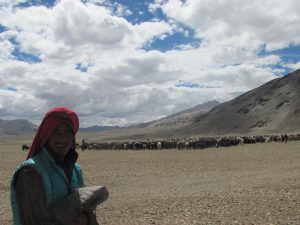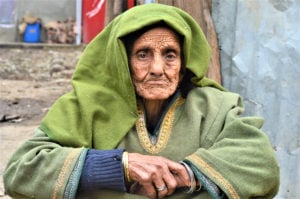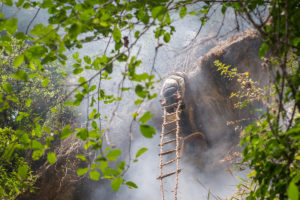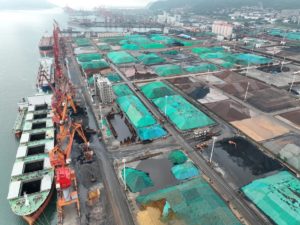This year, the annual migration of Gujjars and Bakarwals to green pastures in Kashmir has not been routine. Usually, the two pastoralist communities spend November to April in Jammu, and May to October in Kashmir, but soaring heat forced them to leave Jammu early this year.
Arriving at the Banihal Pass in Kashmir late in March, Fula Begum – a member of the Bakarwal community – and her family have been struggling to find decent grazing for their sheep. “Natural resources are our sole source of income, but it seems they’re shrinking now. Our flock has to settle for less each day; there is no ample grass available and this is alarming for all of us,” she said.

The Gujjar and Bakarwal communities are nomadic pastoralists in India, Pakistan and Afghanistan, who mainly herd goats and sheep. Under the Indian constitution, they are classified as “Scheduled Tribes”, indigenous communities who are often socio-economically disadvantaged. According to the census, the tribal population was 1.3 million in 2011, about 12% of Jammu and Kashmir’s total population.
Every summer, pastoralists migrate from Jammu’s forest plains to the alpine meadows of Kashmir. The migration is driven by the need for pasture for their livestock, as Jammu becomes drier in the summer. The nomads traverse mountainous slopes and roads for as long as a month, only stopping briefly along the way.
The worst heatwave in memory
This year, the Gujjars and Bakarwals were affected by the unusual heatwave which set new records in March and April. According to Faizan Arif Keng, an independent weather forecaster, these temperatures were over 10 degrees Celsius above normal for several days in March across Jammu and Kashmir.
According to the India Meteorological Department, the city of Srinagar, in the high mountains, experienced the warmest March in 131 years this year, with Jammu, just off the plains, recording the second-warmest March temperatures since 1982. Keng told The Third Pole that this trend of rising temperatures inching close to, or breaking, records was true of weather stations across the region.
In April, Pahalgam and Banihal recorded their highest temperatures in a decade, with Batote recording the highest in over two decades. “There is a clear indication of a larger climatological shift, as weather conditions moved towards extreme points over the past few years,” Keng added.
The heatwave destroyed grazing and reduced the availability of water, forcing the pastoralists to migrate early. But, arriving in Kashmir, they found that the heat had affected grazing and water there as well.
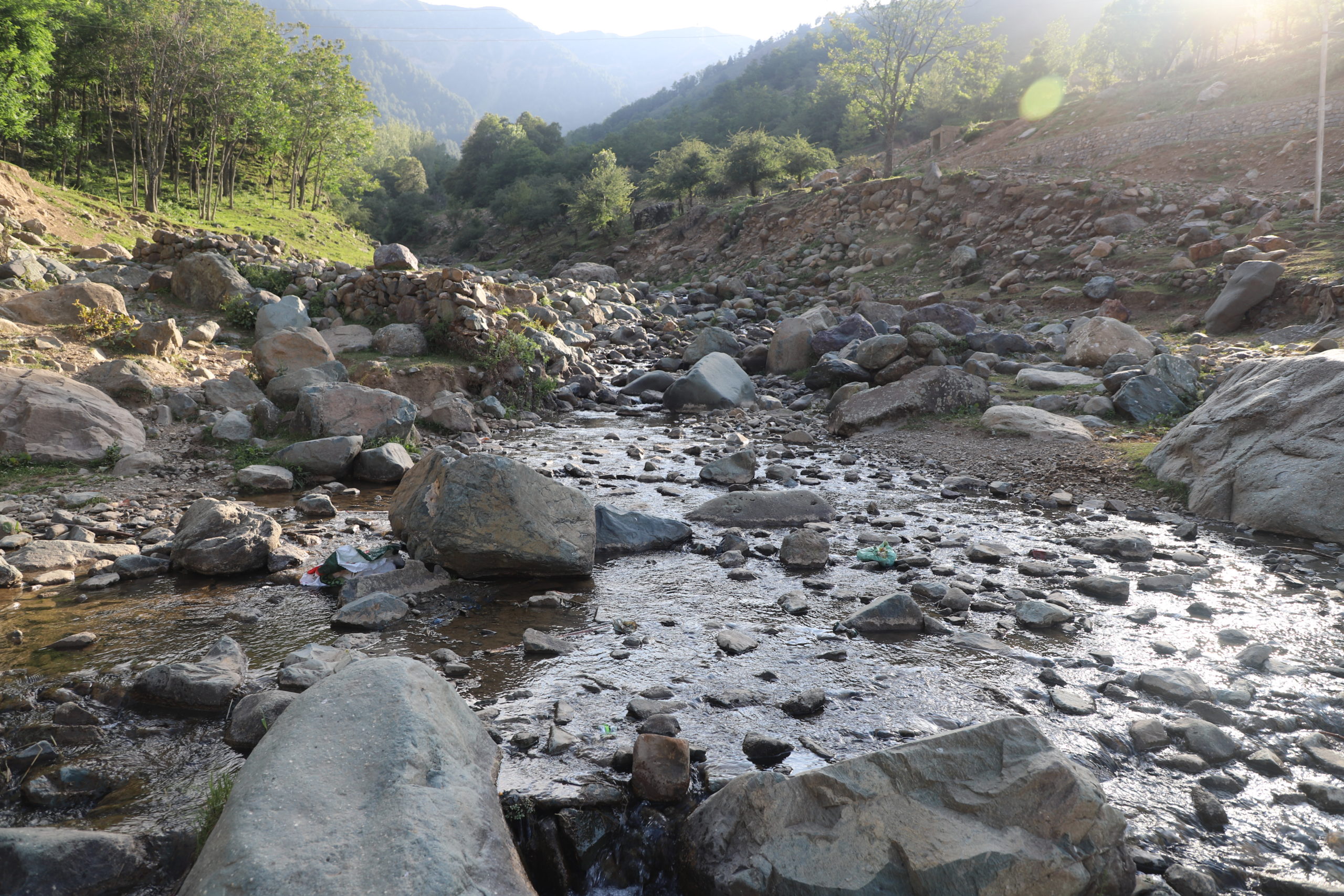
“There was a time when we would enjoy grazing our cattle and sheep in vast lands, but those fantasies are gone. Now the same lands depict the look of a desert, making our livestock suffer for want of food,” Altaf Koshi, a pastoralist in his early 50s, told The Third Pole.
Little feed, limited water
Pastoralists are uniquely vulnerable to changes in climate. Because of their nomadic way of life, they mostly don’t own land and remain dependent on forest resources for their livelihood. For 62-year-old Mohd Shafi Bokda, the heatwave has affected his family’s traditional way of life adversely, forcing them to find new ways to ensure the survival of their livestock.
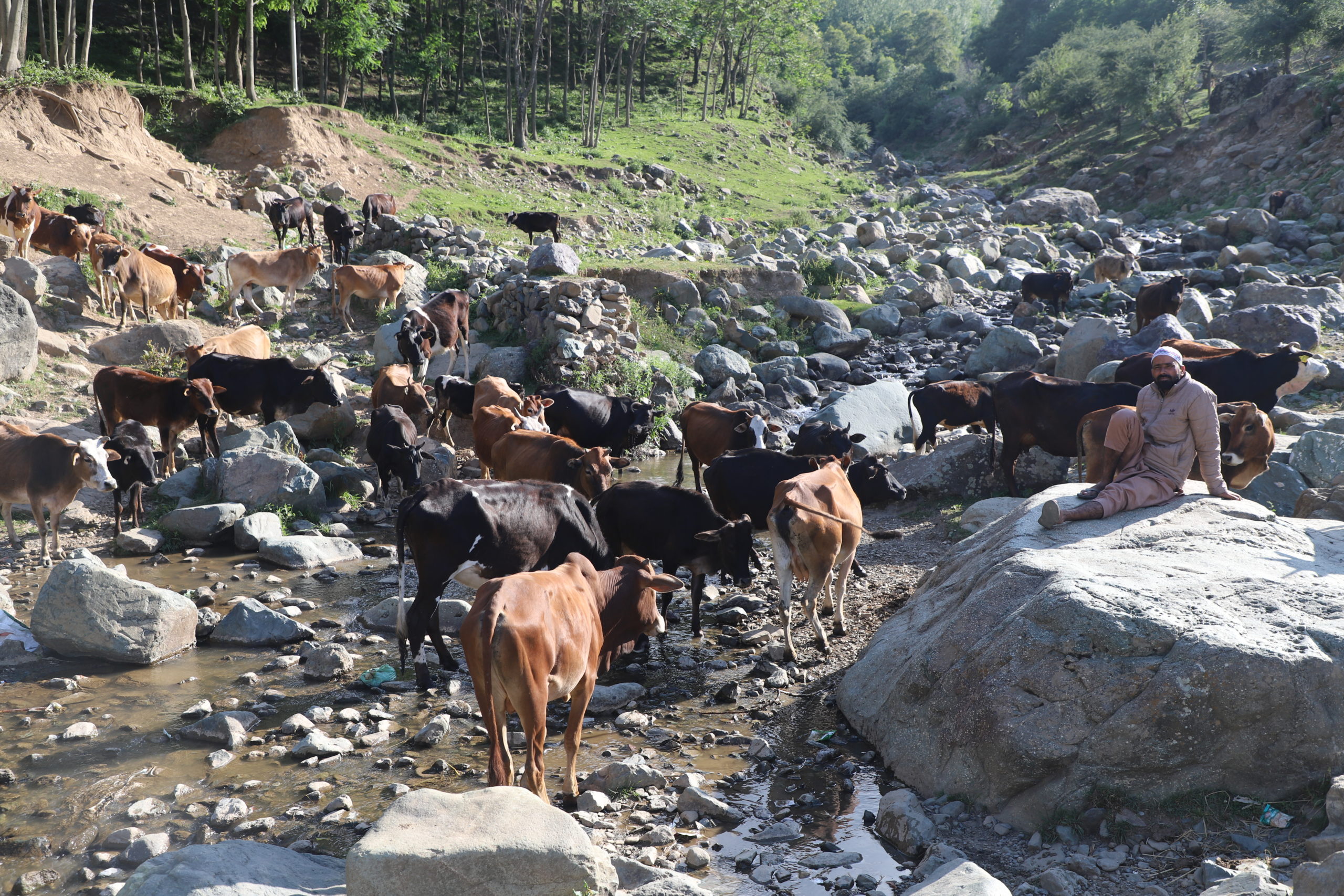
“To feed my flock of 100 sheep, at times we’re left with no other option but to buy straw from local paddy farmers. In the past, I kept over 200 sheep, but I have never come across this much food shortage,” Bokda told The Third Pole.
Unable to meet growing expenses, Bokda is now considering selling half of his livestock. “It is better to stay with less than to see all of them dying of starvation tomorrow. Till now, I’ve shelled out about 10 thousand Indian rupees [about USD 130] on grass procurement, and I don’t think I can do it any more.”
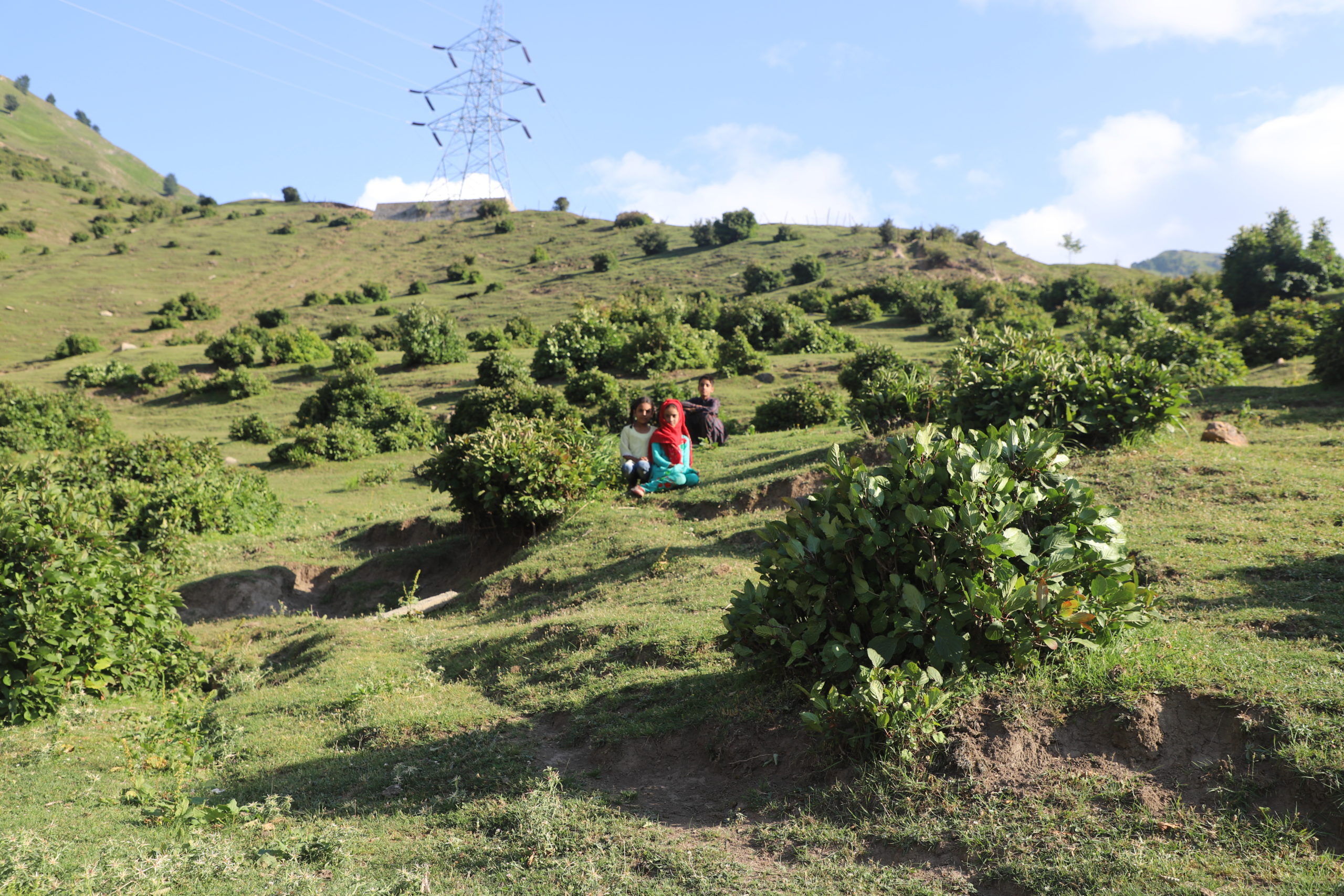
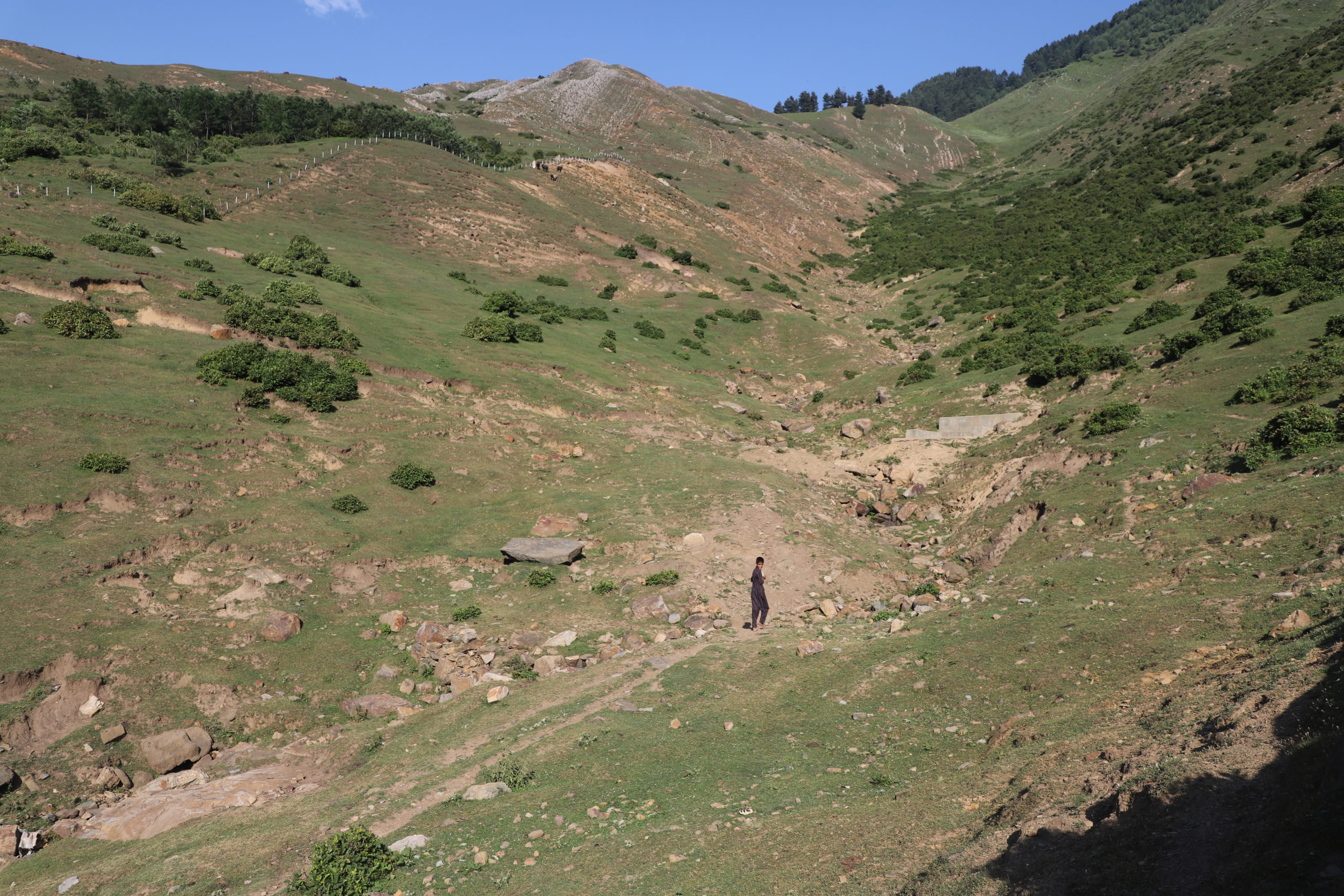
Many others face similar problems caused by soaring temperatures. Choudhary Haroon Khatana, a Gujjar and Bakarwal leader, told The Third Pole that sparse grazing has far-reaching consequences for the pastoral community. “Not only are families selling most of their livestock this season, but countless numbers of sheep and cattle are falling prey to deadly diseases, which, for us, is the direct consequence of malnourishment fuelled by the limited availability of food.”
Rains offer limited respite
Although occasional rain over the past few weeks has brought some respite, experts believe the heatwave depleted snow reserves at higher elevations, triggering unusually high river flows early in the season and diminishing water resources for this summer.
“Currently, most of the landscapes below 4,300 metres [above sea level] are devoid of snow. We speculate [that] depleted flows during summer might affect irrigated agriculture, if atmospheric circulation patterns prevalent over the Kashmir region do not bring in moisture,” Irfan Rashid, a leading geoinformatics researcher at the University of Kashmir, told The Third Pole.
Over the past two years, annual rainfall has declined in Kashmir. In 2020 and 2021, according to data from the India Meteorological Department, there was a rainfall deficit of 22% and 29%, respectively. This year, between March and May, there has been a 70% rainfall deficit.
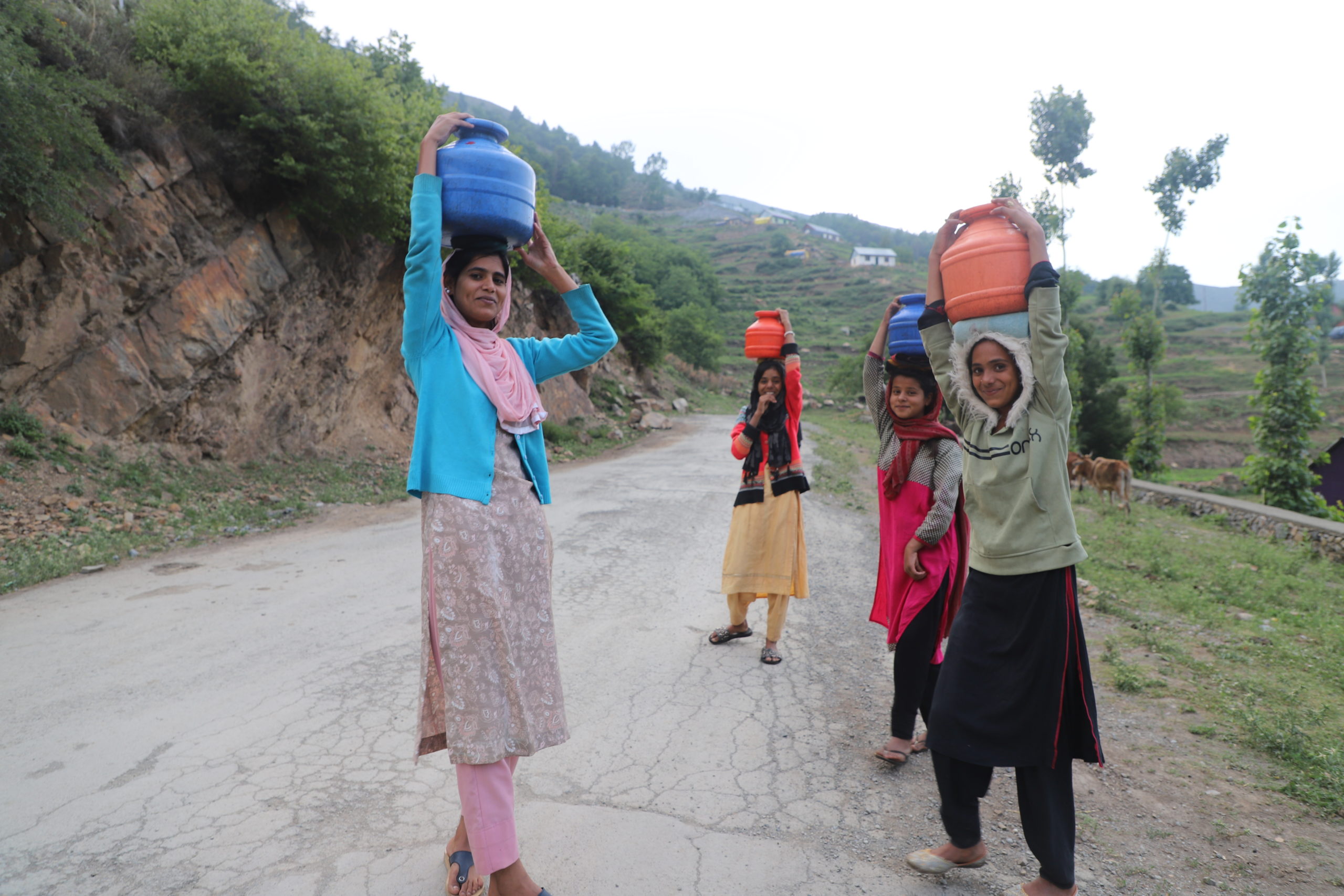
Pastoralists get their water from the streams that flow down from glaciers, so a possible water shortage is very concerning. “This is our sole source of water. If it continues to decline further, we’ll be left without any water,” 19-year-old Shahnaza told The Third Pole.
Experts, however, say one heatwave is not the problem. Rather, steadily rising temperatures in the mountains are affecting pasture productivity and the water balance in alpine landscapes. “It will not have an impact on a short-term basis, but the [trend is worrying], given that climate projections for the region point towards relatively warmer temperatures in the future,” the University of Kashmir’s Rashid added.
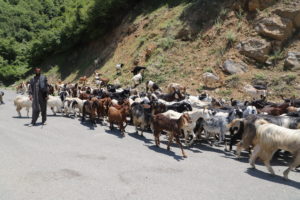

![Bakarwal Gujjar herders ride their ponies to work in Kashmir [image: Alamy]](https://dialogue.earth/content/uploads/2020/09/EM0P7D-300x200.jpg)
